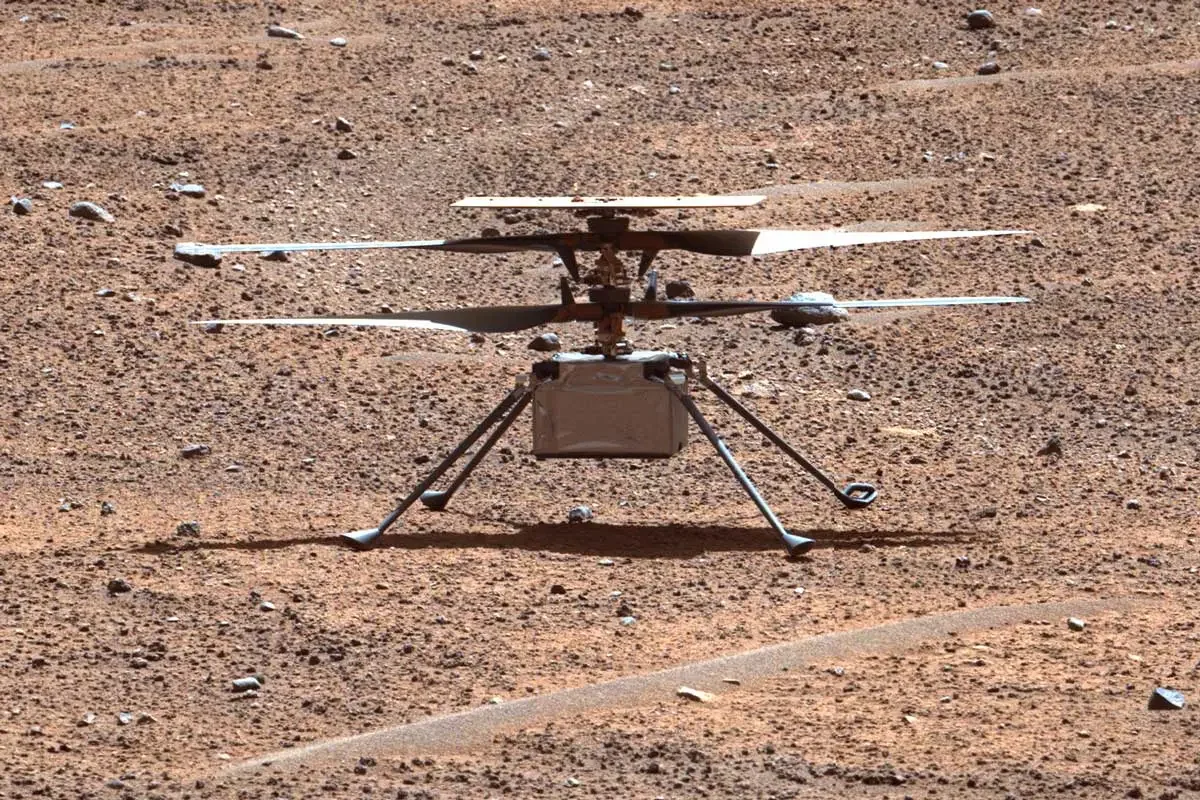On Mars, Every Resource is Critical.
COCPIT is the flagship tool which enables science and engineering teams on the Mars Rover to collectively decide what to do and how to do it. Collaborative visualizations and data infrastructure connections allow planners to make decisions at a strategic and tactical level in order to identify and extract martian rock samples. COCPIT allows Mission Leads to collaborate with 7 scientific instrument teams and 16 spacecraft subsystems daily to plan rover operations balancing scientific investigation, spacecraft health, power allocation, and data volume.
The Team: Mars 2020 Ground Data System Tools: 10-15 engineers, 1 TPM, and 1 PM
My Role: Design Lead (primarily research, UI, and process modernization)
Timeline: Seven years
The Timeline View: a single day of Martian surface operations, used by the Tactical Uplink Team
Tactical Operations
During Tactical Operations, the Uplink Team receives information about the rover’s current state of power, health, kinematic position, and the objectives for the day. Tactical activities often include imaging, science instrument scan targeting, core sampling, sample tube transfer, and driving. All details of the rover’s activities must be agreed upon, designed, planned, modeled, sequence integrated, and validated in approximately 8 hours (before the next Deep Space Network radiation window). Given the constraints, this can be a daunting task, and the team needs one central location where they can visualize the day’s activities together.
Automation
In order to make tactical planning possible, COCPIT’s seemingly stark interface makes heavy use of autonomy in order to help planners achieve their tasks:
Constraint Based Planning: the rover has both limited time and power, and each instrument or subsystem needs to have both the optimal start time and duration for their activities. Rather than having human operators iteratively puzzle together the massive complexity of a full day of operations, they present COCPIT with constraints, often related to geometric events, such as sunset or local solar noon. Once all teams contribute their constraints, COCPIT accesses COPILOT (a Monte Carlo based simulator) to return a mostly optimal plan within one or two minutes. The Tactical team as a whole can then make adjustments to finalize the plan.
Power and Data Volume Simulation: downlink schedules, which inform the team of the rover’s actual power and data state, are received in a fixed schedule based on the Mars Orbiter Network. These may come at inconveniently late times on any particular day, and so to allow Tactical Planners to begin with enough time to complete their tasks, COCPIT accesses MMPAT and several Downlink Data simulation models, which continuously calculate based on previous planning. Once actual telemetry is available, COCPIT notifies the Uplink Team and autonomously adjusts power and data availability in the plan. This allows planners to nimbly respond to late breaking updates, or to anomalies.
The Sol Path View: seven to ten days, represented as columns, supporting Strategic Planners in orchestrating the next Campaign
Strategic Operations
During Strategic Operations, Campaign Planners consider the next seven to ten days of rover activity as a single effort. They plan multi-sol autonomous drives to promising science locations, use intel from the Ingenuity Helicopter to hone in on the most efficient pathways, design a full spectrum science investigation of a rock outcrop to determine its science value, or even plan a core sample and documentation campaign. Spacecraft resources must be used with extreme care, and the standards for selecting and documenting a Martian sample are rigorous. Campaign Planners must be able to see the power and data volume consequences of every single activity, and make contingency plans to account for potential anomalies. They use the same automated tools as Tactical Planners, but map out the consequences and costs of necessary activities over several days, in order to optimize long term Mission success.
Maximizing Dev Efficiency with an Atomic Design System
COCPIT was one of the first pieces of software at JPL to utilize the Stellar Design System. I was one of the original creators, but it was my primary responsibility to apply the larger design system principles, approaches, and components to this UI.
At the time, Figma <> Dev integration was no as sophisticated or common, and I collaborated with my UI Dev Lead Josh Camacho to build the first collaborative Figma design system with matching code components, available to all developers on the team.
This drove standardization, quality, and most importantly reduced cognitive load on spacecraft operators, and improved operations efficiency overall enough to reduce the daily tactical timeline by multiple hours.
JPL’s First Fully Atomic Design System Implementation
Atomic Design is a popular approach by Brad Frost, in which a designer strives never to repeat work for themselves or developers by designing reusable components as opposed to solitary solutions for each problem. By starting with the very simplest objects [labels, inputs, buttons], combining them into meaningful workflow supporters [modals, menus, navs], and integrating them into the entire environment, this approach encourages designing/developing efficient, portable, reusable components.
My Role was to introduce this approach in a context which it had never been considered, and drive the strategic success of its implementation on COCPIT, as well as several other mission critical tools during my 7 years at JPL.
















